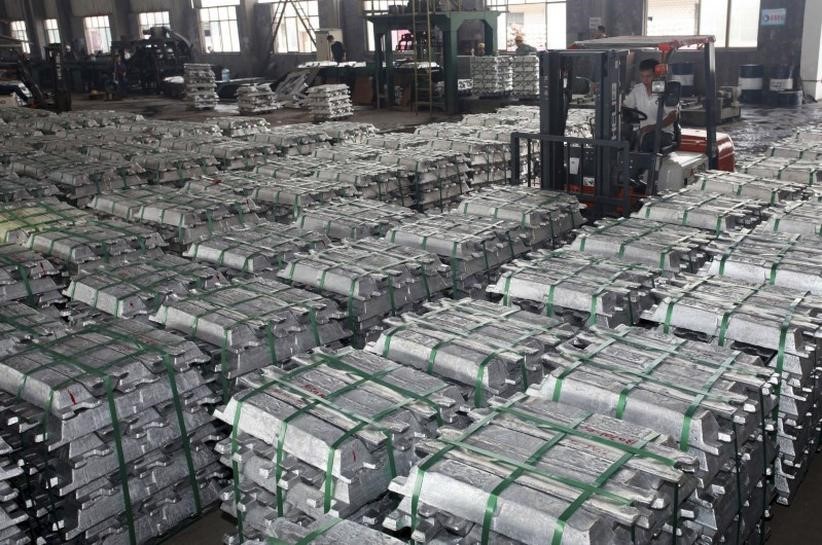

The top aluminium producer of the world, China which has created the popularity of the metal is now countering environmental issues, driving the nation’s metal supply through a drastic crisis and this has fuelled the escalation of prices globally.

However, to append to the hardship, there are 1.8 million tonnes of aluminium worth a mighty $5 billion that is presently being under the control of security guards in Vietnam.
The metal aluminium is a widely consumed product from car manufacturers to beverage can producers and all are stretching their hands to every extent to get on the material that is experiencing the worst shortfall in history ever.
The aluminium supply in Vietnam was seized as part of the investigation led by the United States comprising a Chinese billionaire and alleged trade fraud.
The stockpiled aluminium was cannily labelled as ‘Made in Vietnam’ and was anticipated to sail towards the US. Although, the inquiry has not reached its climax, which signifies it occupies an industrial yard covered by black waterproofed canvas.
As reported by a global agency that if the mammoth stockpile was liberated it could resolute the worldwide shortfall and drag the price of the commodity down.
“Normally stocks are available for the right price, but one of the issues with this material is that it’s not entirely clear under what circumstances it would become available,” as said by a senior aluminium analyst at CRU in London.
“There’s little evidence that the Vietnamese stocks should provide any solace for consumers”, he further added.
Vivek Dhar, the mining and energy economist of Commonwealth Bank said: “Aluminium markets have tightened this year as demand has increased due to the global economy rebounding.”
“China’s infrastructure-led stimulus from last year was the key trigger, but the recovery in the global economy outside China is now also supporting demand”, he added.
“Supply from China is 56% of primary supply which has also been adversely impacted from mid-2021 as power shortages have forced curtailments.”
“Aluminium production is electricity-intensive, worth 34% of aluminium costs globally, so it is naturally a logical place to start to reduce power use. It’s worth noting that curtailments in China predate the most recent energy crisis in late September. There were reports of power shortages around mid-year in southern China.”
“There’s no good news ahead either with China looking to cap aluminium capacity at 44 to 45 million tonnes to keep a lid on emissions. That means that aluminium supply growth is likely to peak at some point in the next few years too,” he said.
“Supply outside China would then need to rise to meet global demand growth. With emissions reduction also a key driver of economics outside of China, that could prove challenging. Going down a route of ‘green’ aluminium makes sense, but green aluminium costs are likely to be higher.”
This indicates that the cost of daily consumables goods could escalate as the material is utilized everywhere from construction to transport to packaging and consumer goods.

Dhar further added: “A few key trends are developing in aluminium consumption, particularly concerning the environment but the pace of all these changes are under threat if aluminium prices rise because of shortages.”
“These include making vehicles lighter by using aluminium in place of steel resulting in improved fuel efficiency, while manufacturers are also switching to aluminium packaging from plastic and glass packaging. There are also electric grid expansions with growth in electric grids outpacing economic growth as more distributed renewable power requires more network transmission and distribution. These trends are important from a decarbonisation angle.”
Concurrently, China is now inflowing more aluminium as it curbs its domestic production, denoting its support to expeditiously exhaust the global aluminium reserves, at a moment when product manufacturers need the metal most.
Responses








